Как предотвратить пожелтение огурцов в рассаде: секреты опытных садоводов
Когда мы сажаем огурцы в рассаду, мы всегда ожидаем от них богатой урожая. Но из-за неправильного ухода или неблагоприятных условий, огурцы начинают желтеть и терять свой вкус. В этой статье мы собрали для вас секреты опытных садоводов, которые помогут вам предотвратить пожелтение огурцов в рассаде.
Один изmain reason, почему огурцы желтеют, - это недостаток воды. Огурцы require a lot of moisture, especially when they're young, so make sure to water them regularly. But be careful not to overwater, as this can also cause problems.
Глубокораспространение семян огурцов: секреты успеха
Another important factor is temperature. Ogurcs prefer cooler temperatures, around 65-70°F (18-21°C), and warm temperatures can cause them to become stressed and turn yellow.
Lighting is also crucial for ogurcs. They require a lot of light, especially when they're producing fruit, so make sure to provide them with enough sunlight or artificial lighting.
Германские Огурцы: Как Они Влияют на Ваше Здоровье
One of the most common mistakes that can lead to yellowing ogurcs is neglecting their fertilizer needs. Ogurcs require a balanced diet of nutrients, including nitrogen, phosphorus, and potassium, to grow healthy and strong.
Another mistake is not pruning your ogurcs regularly. Pruning helps control the plant's size and shape, promotes fruiting, and prevents disease from spreading.
Pests and diseases are also common problems that can cause ogurcs to turn yellow. Keep an eye out for signs of infestation or infection, such as holes in leaves, yellow spots, or black spots, and treat your plants accordingly.
Another secret to preventing yellowing ogurcs is to provide them with good air circulation. This helps prevent fungal diseases from developing and allows the plant to breathe properly.
In addition to these tips, it's also important to choose a healthy variety of ogurc when planting. Some varieties are more resistant to disease and pests than others, so do your research before selecting a type.
One final tip is to monitor your soil pH levels regularly. Ogurcs prefer slightly acidic to neutral soil, with a pH between 6.0 and 7.0, so make sure to adjust your soil accordingly.
If you follow these tips and take good care of your ogurcs, you should be able to prevent them from turning yellow and enjoy a bountiful harvest. Happy gardening!
Выращивая огурцы, многие дачники сталкиваются с проблемой пожелтения листьев. Это может быть вызвано недостаточным поливом, избыточной солнечной радиацией или болезнями. Чтобы предотвратить это, необходимо обеспечить правильный уход за растениями.
Первым шагом являетсяregular watering. Огурцы require a consistent supply of moisture, especially when they are young. Make sure to water them deeply and regularly, but avoid overwatering, which can lead to root rot.
Another important factor is sunlight. Ogresses need at least 6 hours of direct sunlight per day to produce well. If your plants are not getting enough light, consider moving them to a sunnier location or using supplemental lighting.
It's also important to monitor the temperature and humidity levels in your greenhouse or indoor space. Ogresses prefer temperatures between 65-75°F (18-24°C) and high humidity, typically above 60%.
In addition to these factors, it's essential to check for pests and diseases. Common problems include aphids, whiteflies, spider mites, and fungal infections. Regularly inspect your plants for signs of infestation or infection and take action promptly if you notice any issues.
Finally, consider fertilizing your ogre plants with a balanced fertilizer. This will provide them with the necessary nutrients to grow strong and healthy. You can also use compost or manure tea as an alternative to chemical fertilizers.
By following these tips, you should be able to prevent the leaves of your ogre plants from turning yellow and promote healthy growth.




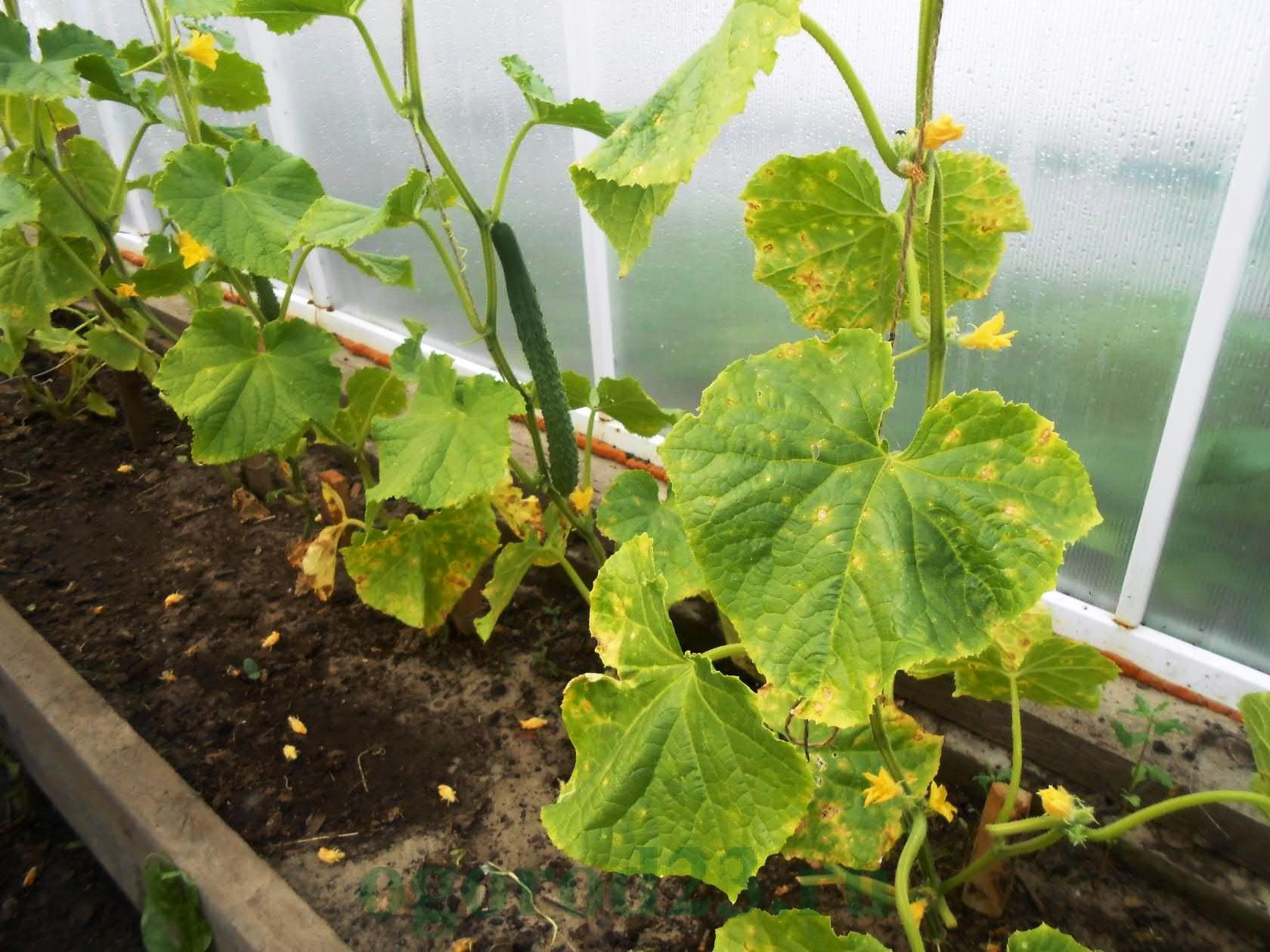
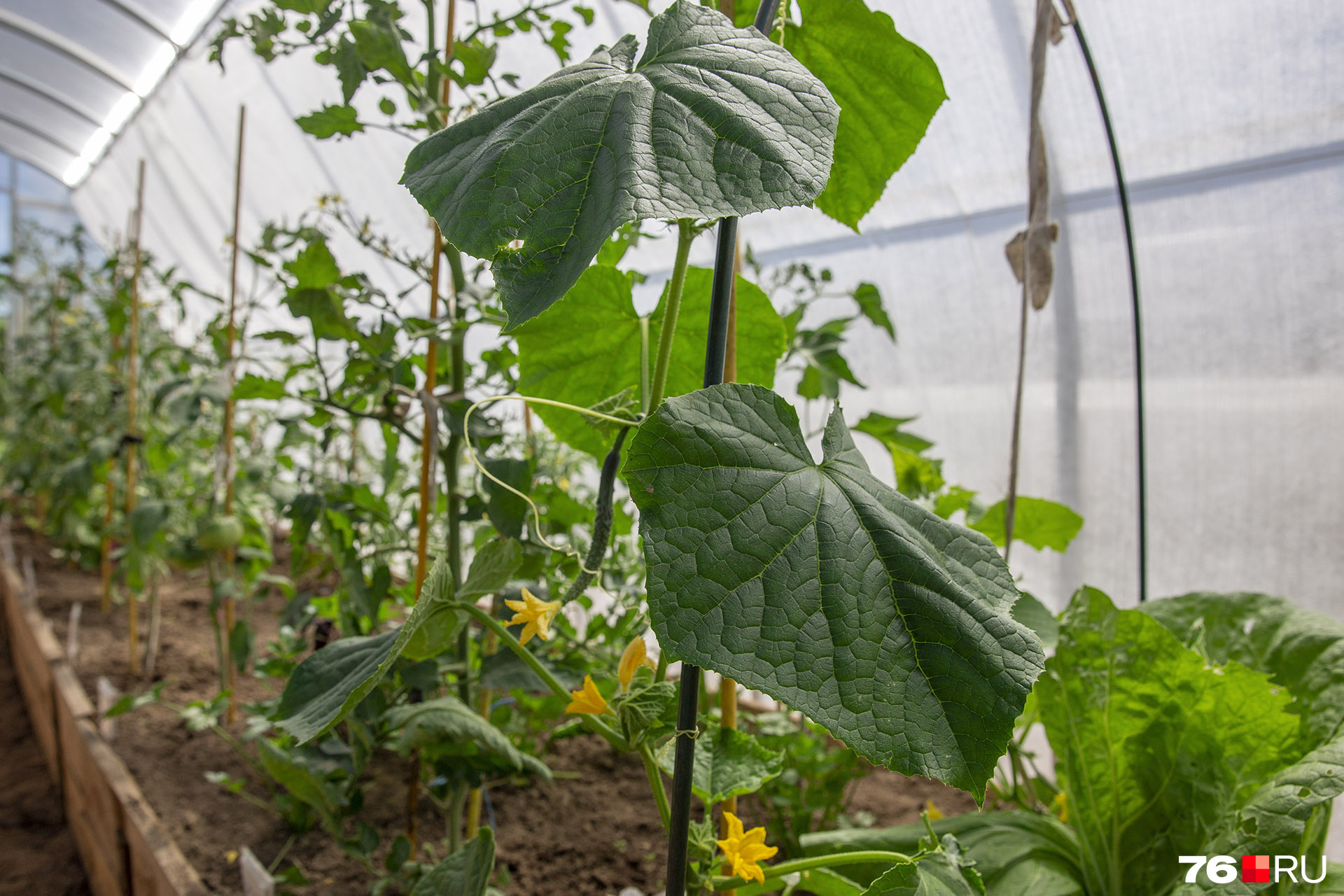



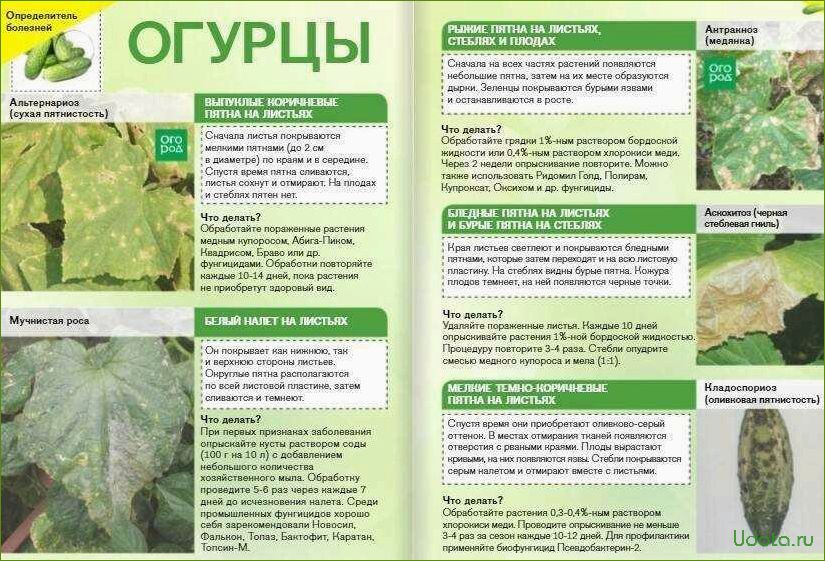



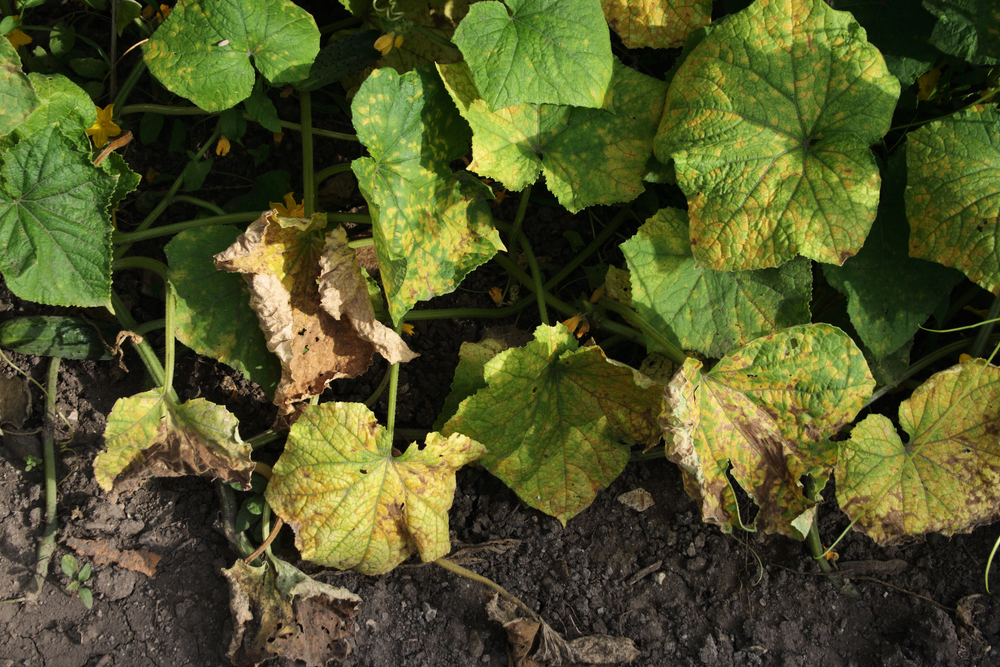

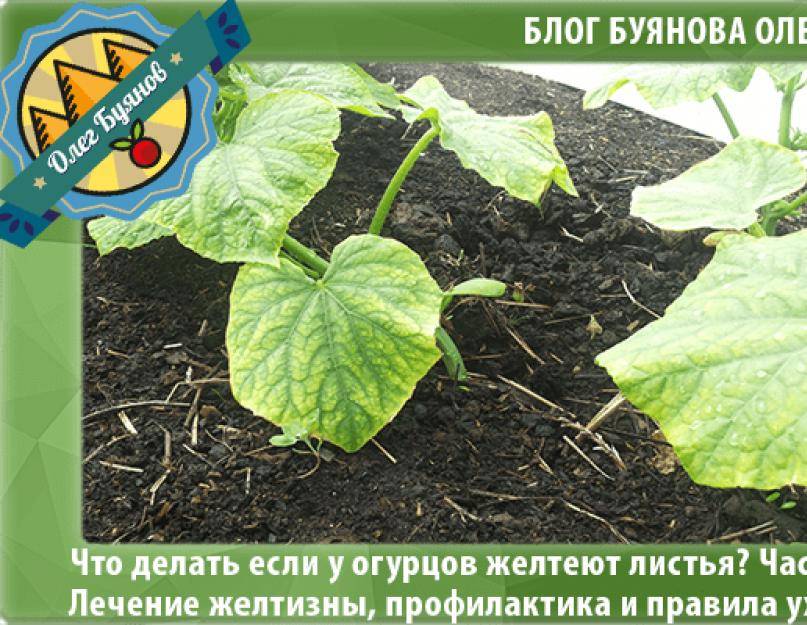
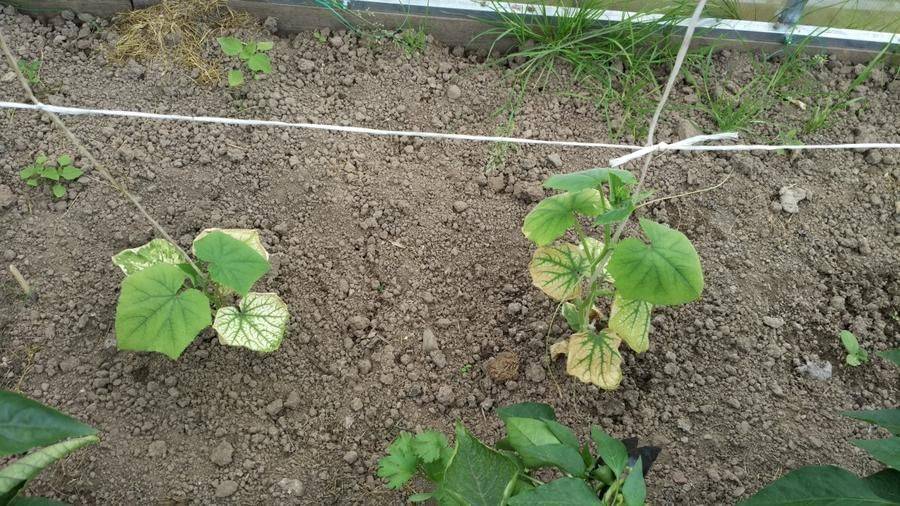
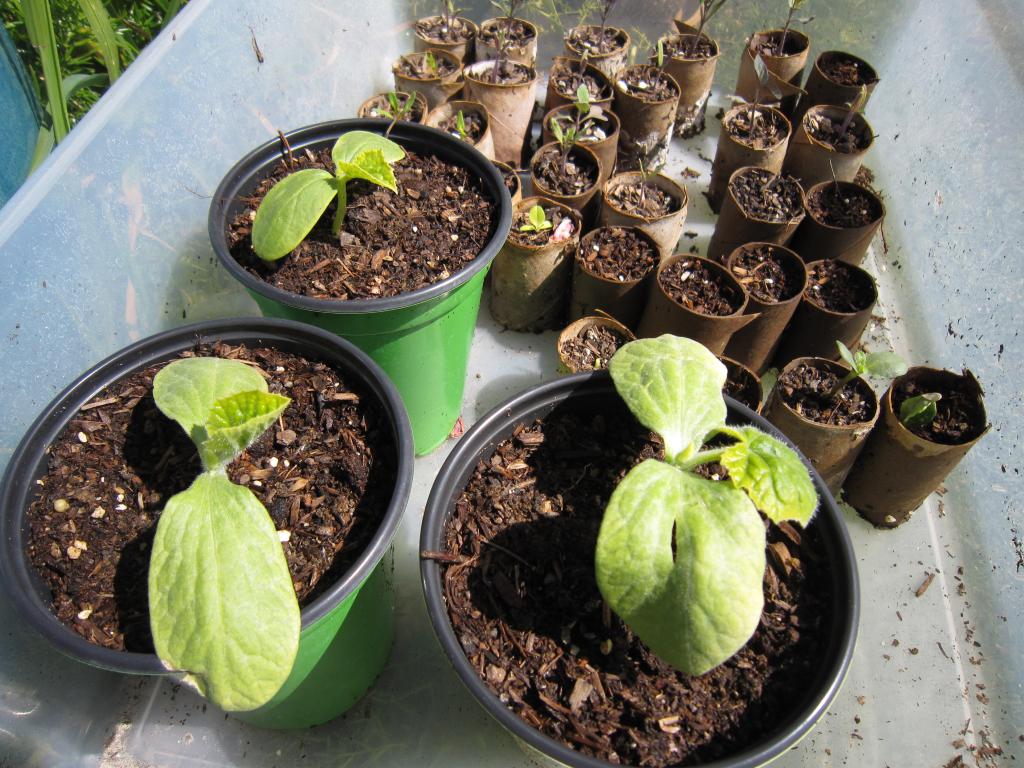





Оставьте комментарий